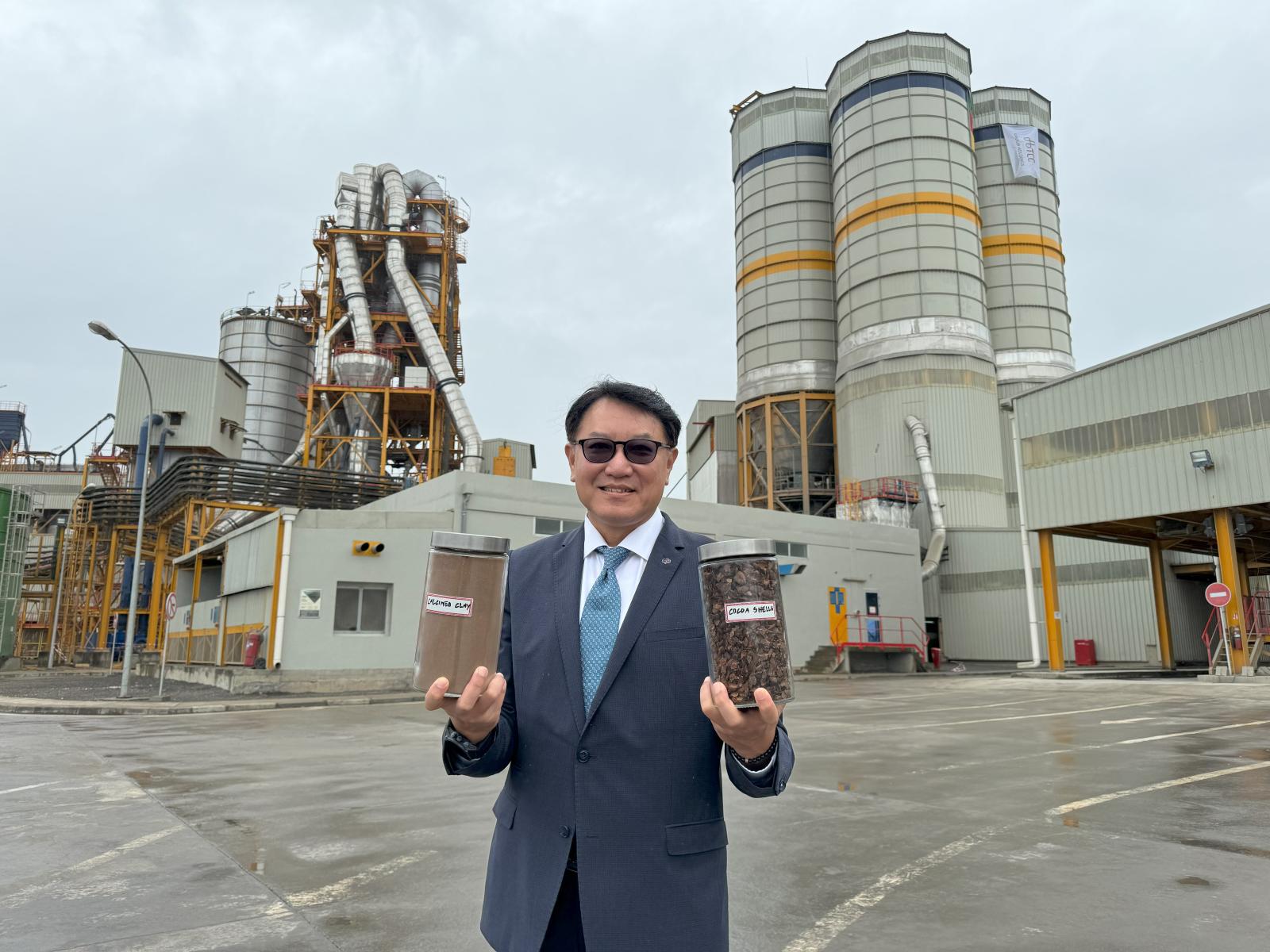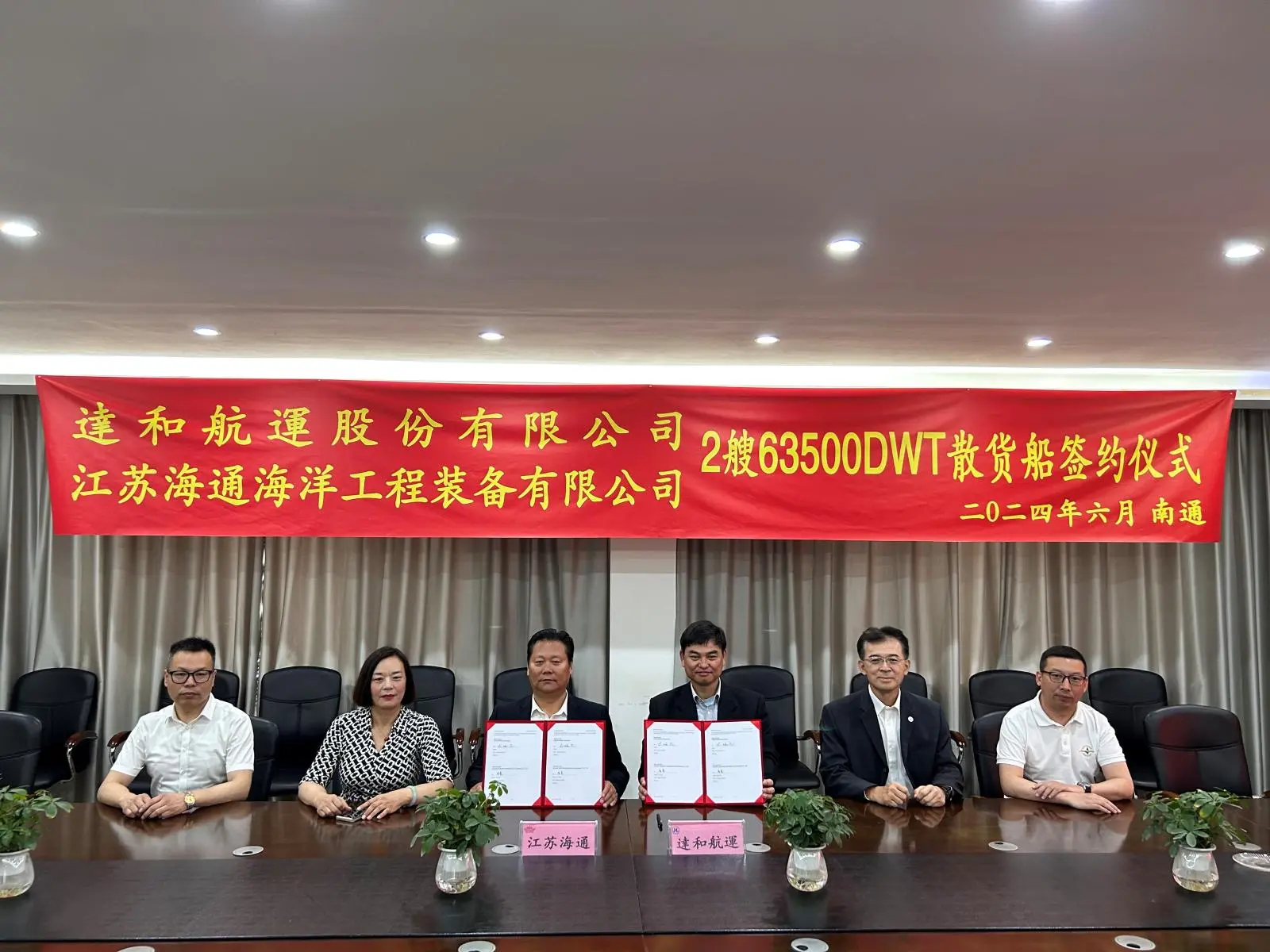TCC's new plant in Cameroon, Africa, has been inaugurated. The plant uses calcined clay as a raw material and cocoa shells as fuel, reducing carbon emissions by 40%
TCC's new plant in Cameroon, Africa, has been inaugurated. The plant uses calcined clay as a raw material and cocoa shells as fuel, reducing carbon emissions by 40%
2024.07.23
-
Copied

TCC Group Holdings’ (hereinafter TCC) low-carbon cement is expanding its global footprint, officially entering Central Africa's Cameroon. On the 19th, TCC's Portuguese subsidiary, CIMPOR, inaugurated the world's first innovative cement plant in Cameroon that operates without a traditional cement kiln. This plant extensively uses low-carbon calcined clay to replace the high-carbon clinker typically used in conventional cement plants. Due to the use of calcined clay, the cement production process does not require high temperatures, thereby reducing energy consumption. As a result, the low-carbon cement produced by Cameroon plant reduces carbon emissions by 40% compared to traditional cement. The new plant, located in Kribi, was officially launched by Cameroon's Prime Minister Joseph, TCC's President Roman Cheng, and CIMPOR's CEO Suat Calbiyik. TCC's Chairman Nelson Chang expressed his hope that the abundant green energy in Cameroon would enable this new plant to become the world's lowest-carbon building materials factory, producing the world's lowest-carbon cement. He also hopes that the new cement production technology initiated by TCC can help the global construction industry reduce carbon emissions and actively move towards the 2050 net-zero emission target.
Chairman of TCC, Nelson Chang, mentioned that he visited Cameroon more than 20 years ago. At that time, he discovered that Cameroon is a beautiful country with great development potential. It has a solid agricultural foundation and rich mineral resources, and its residents are very friendly. He is very pleased to return to Cameroon after more than 20 years to build a plant, implement low-carbon production, and assist in the local economic development. TCC's Cameroon plant prioritizes hiring local people, and the upstream and downstream industrial chains are expected to create 10,000 job opportunities.
The new TCC plant in Cameroon possesses three key features: the use of low-carbon calcined clay, abundant local green electricity from hydropower, and the use of biomass fuel. TCC's 100%-owned subsidiary, CIMPOR in Portugal, possesses the globally unique deOHClay technology for producing calcined clay. The primary raw material used in the Cameroon plant is calcined clay, which, due to its lack of carbonates, does not produce carbon dioxide during the thermal treatment process, only releasing water vapor and some trace emissions. The Cameroon plant also utilizes local African biomass fuels such as cocoa shells and cashew shells to replace the coal traditionally used in cement plants. This not only significantly reduces carbon emissions but also decreases energy consumption by 40%. Compared to traditional cement plants, TCC's calcined clay cement plant in Cameroon can reduce carbon dioxide emissions by approximately 200,000 tons annually, achieving a 40% reduction in carbon emissions.
TCC has benefited from the completion of the acquisition of Portugal's CIMPOR and Turkey's OYAK in March this year. As of June this year, these acquisitions have contributed nearly NT$20 billion in revenue to TCC. CIMPOR, which entered the African market in 2020, currently operates cement plants in Côte d'Ivoire and Cameroon, and is actively developing pozzolanic ash as a clinker substitute in Cape Verde. In the future, CIMPOR plans to establish a third cement plant with low-carbon production technology in the Republic of Ghana. The newly operational TCC plant in Cameroon will produce 1.2 million tons of cement and 400,000 tons of calcined clay annually. Cameroon's Prime Minister Joseph stated that the opening of TCC's new calcined clay plant aligns with the Cameroonian government's "import substitution policy," which aims to reduce dependence on imported raw materials. The plant significantly uses local materials in its production, reducing clinker imports by 40-50%.

More Related Information
-
 2024.07.19TCC Group Holdings subsidiary, Ta-Ho Maritime Corporation placed Newbuilding order for two new environmentally friendly Ultramax bulk carriers
2024.07.19TCC Group Holdings subsidiary, Ta-Ho Maritime Corporation placed Newbuilding order for two new environmentally friendly Ultramax bulk carriers -
2024.07.12TCC Group Holdings (TCC) Response to Russian Coal
-
 2024.07.10TCC Wins HR Asia Best Companies to Work for in Asia for the Third Time, Earning High Recognition from Employees for Its Sustainable Workplace
2024.07.10TCC Wins HR Asia Best Companies to Work for in Asia for the Third Time, Earning High Recognition from Employees for Its Sustainable Workplace


